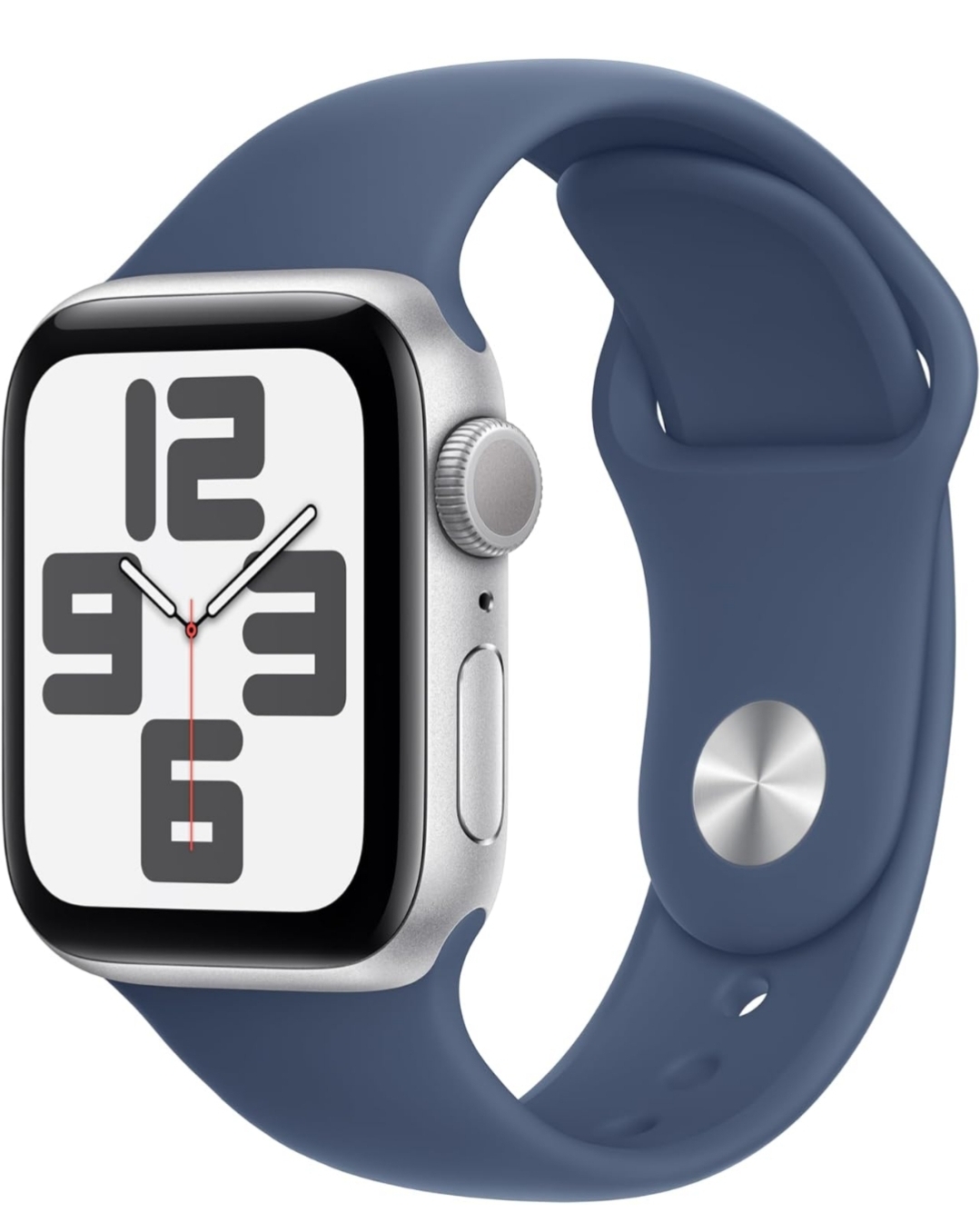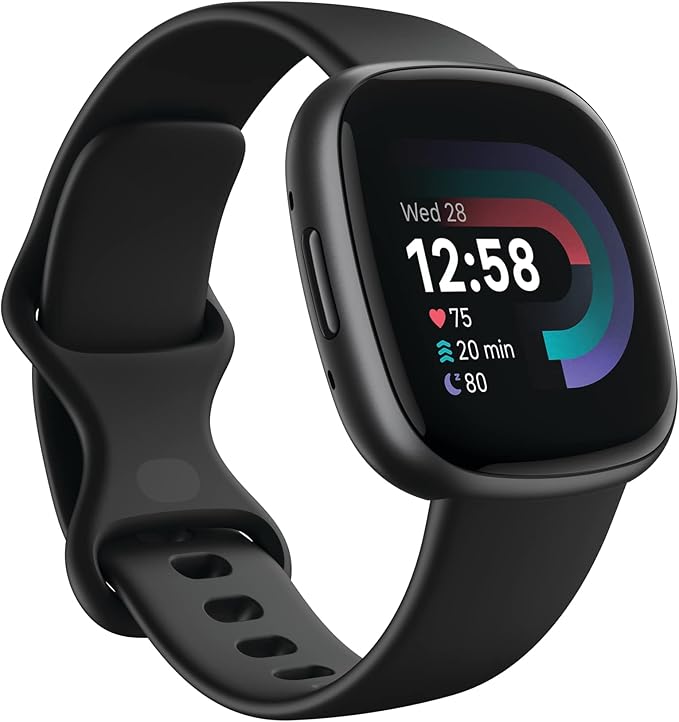Apple Watch SE – Pros and Cons Review
The Apple Watch SE (2nd Generation), released in September 2022, is Apple’s budget-friendly smartwatch, offering a compelling mix of features for iPhone users who want core functionality without the premium price of the Series or Ultra models. It’s designed for first-time smartwatch users, fitness enthusiasts, and those seeking seamless iPhone integration. After testing the 40mm GPS model, here’s a detailed look at its pros and cons to help you decide if it’s the right fit.
PROS
Affordable Price Point
The Apple Watch SE is significantly cheaper than the Series 10 or Ultra 2, making it an excellent entry point into Apple’s ecosystem. Despite the lower price, it doesn’t feel like a compromise, delivering robust performance and a premium aluminum build in colors like Midnight, Starlight, and Silver.
Powerful Performance
Powered by the S8 chip—also found in the Series 8 and first-gen Ultra—the SE handles tasks with impressive speed. Apps open quickly, animations are smooth, and watchOS 11 ensures a future-proof experience with features like the Vitals app and enhanced Smart Stack. I experienced no lag, even when switching between apps or tracking workouts.
Robust Fitness and Safety Features
The SE excels as a fitness companion, offering heart rate monitoring, step counting, sleep tracking, and a variety of workout types via the Fitness app. Its 98.98% step accuracy is notably high, rivaling pricier models. Safety features like Crash Detection, Fall Detection, and Emergency SOS add peace of mind, especially for older adults or kids using Family Setup. The 50-meter water resistance makes it swim-proof, ideal for casual swimmers.
Seamless iPhone Integration
The SE shines as an iPhone extension, allowing you to respond to texts, emails, and calls from your wrist. Features like Apple Pay, Siri, and the ability to locate misplaced Apple devices enhance daily convenience. The cellular model supports phone-free connectivity, perfect for runs or travel.
CONS
No Always-On Display
A major drawback is the lack of an always-on display, a feature standard in the Series 10 and Ultra 2. You must raise your wrist or tap the screen to view the time or workout stats, which can be inconvenient, especially during exercise. The Retina LTPO OLED display is bright (1,000 nits) and sharp, but the absence of this feature feels dated.
Limited Health Sensors
Unlike higher-end models, the SE lacks ECG, blood oxygen, and temperature sensors, limiting its appeal for users who prioritize advanced health tracking. While it covers basics like heart rate and sleep, those needing detailed health data may find it lacking.
Average Battery Life
Apple promises 18 hours of battery life, but real-world usage—especially with GPS or heavy workout tracking—can drain it faster. I needed to charge it daily, often during showers, as it lacks fast charging (over two hours for a full charge). Competitors like the Samsung Galaxy Watch 5 offer longer battery life at a similar price.
No Dust Resistance
The SE isn’t rated for dust resistance, unlike the Ultra models, which could be a concern for users in dusty environments or during outdoor activities. This limitation might affect long-term durability.
FINAL THOUGHTS
The Apple Watch SE (2nd Generation) is a fantastic choice for budget-conscious iPhone users, first-time smartwatch buyers, or those who don’t need advanced health sensors.
However, the lack of an always-on display, limited health sensors, and average battery life may push some toward the Series 10 or competitors like the Samsung Galaxy Watch. If you value affordability and core functionality, the SE is hard to beat.









Post Comment